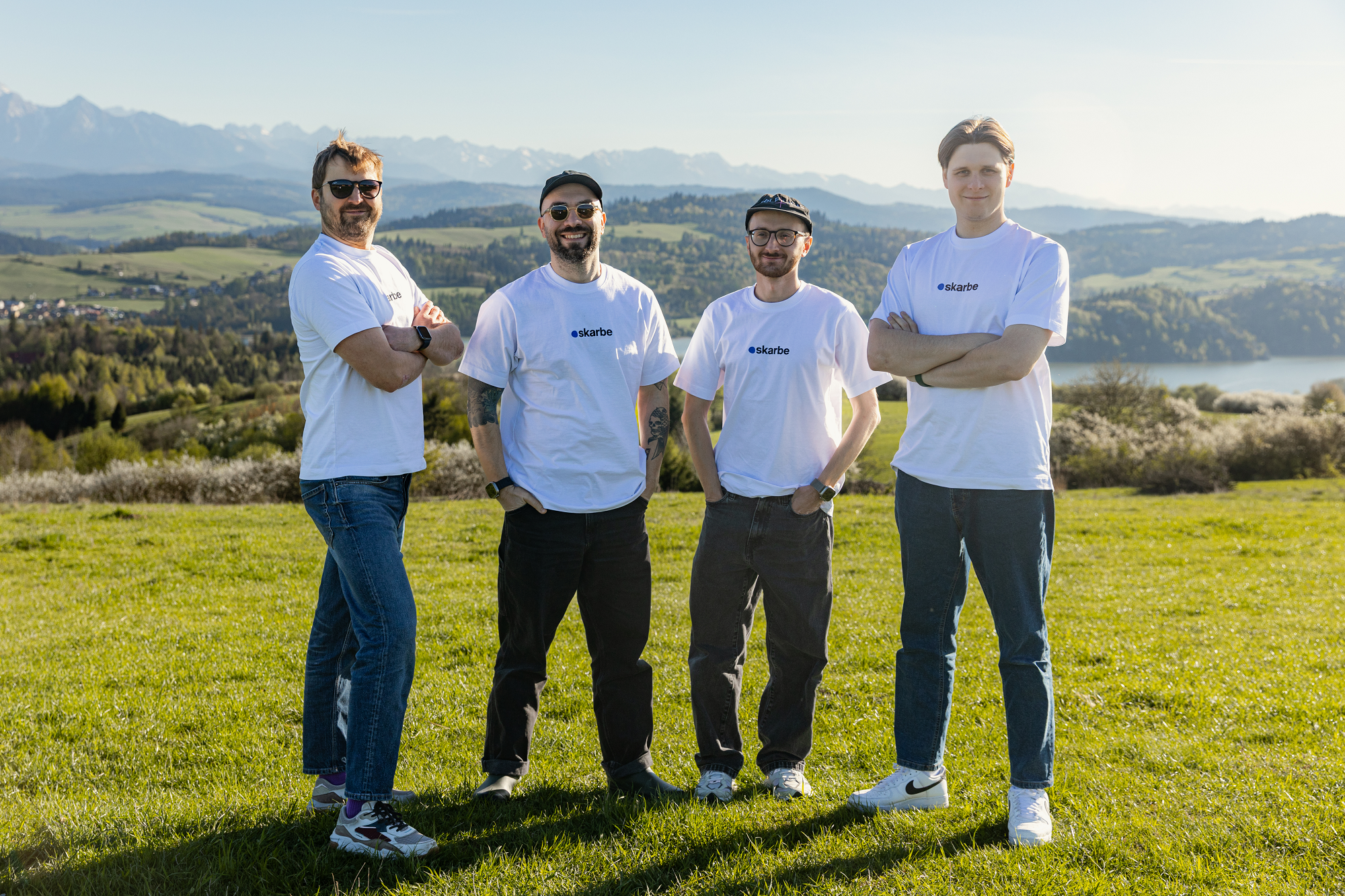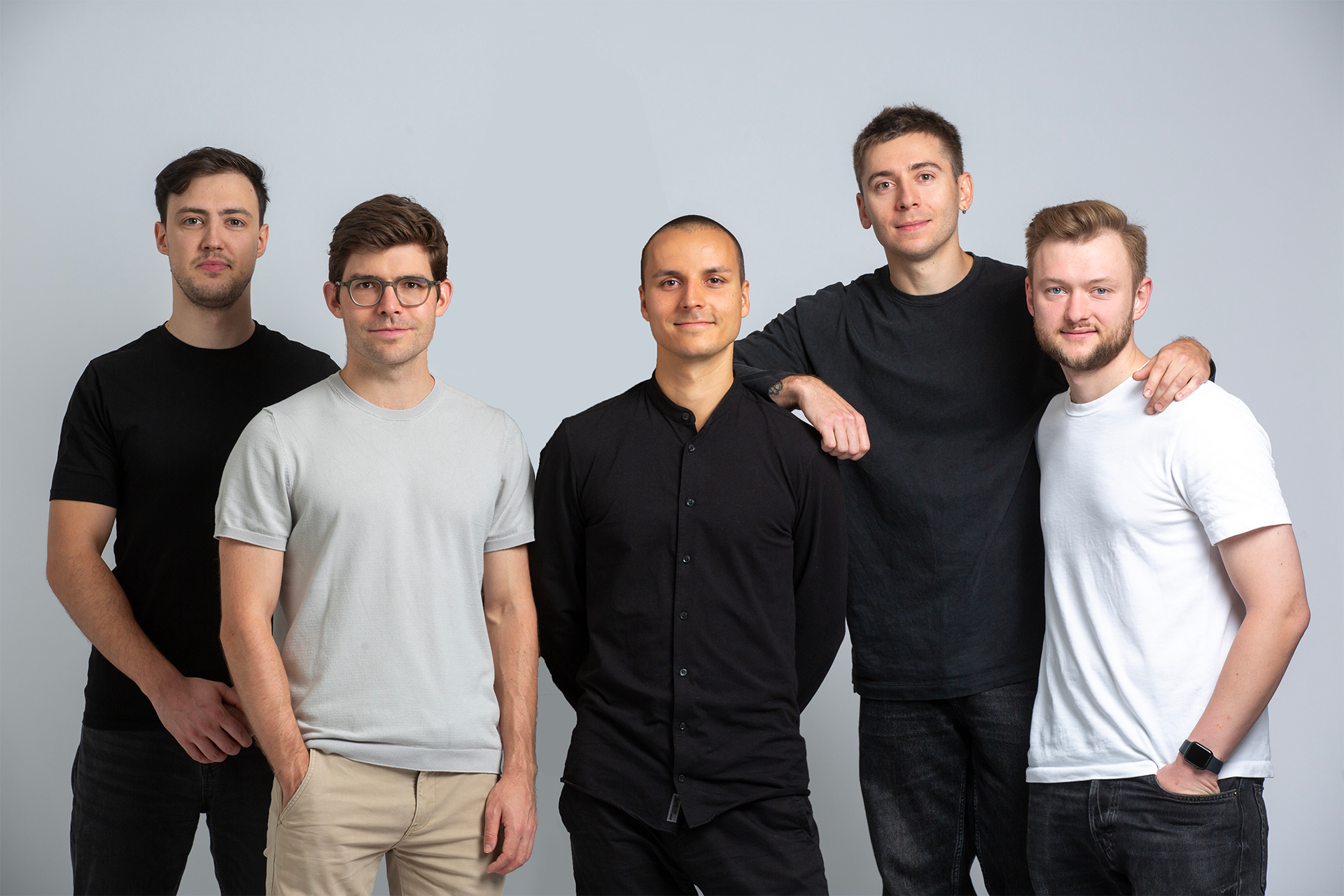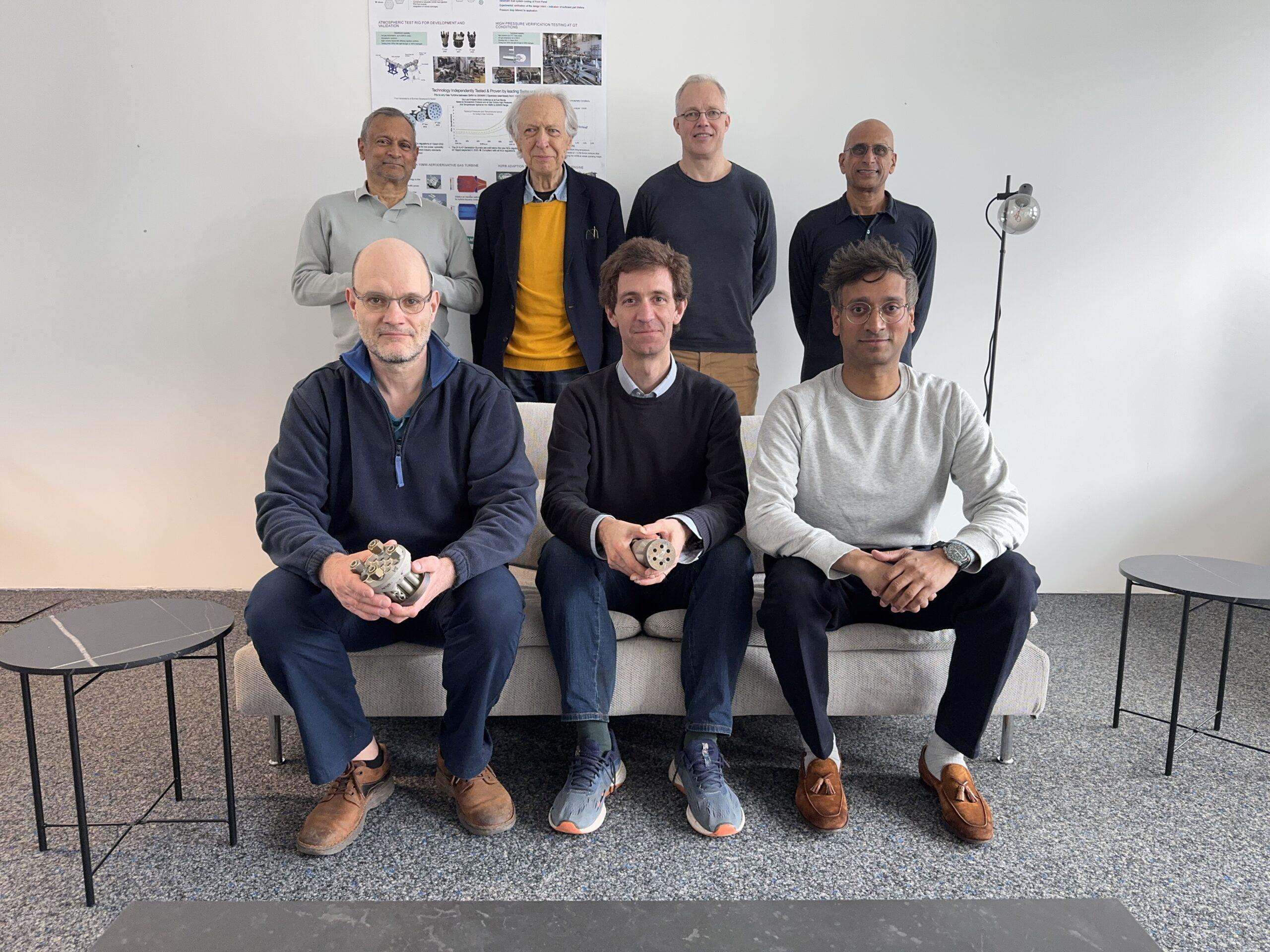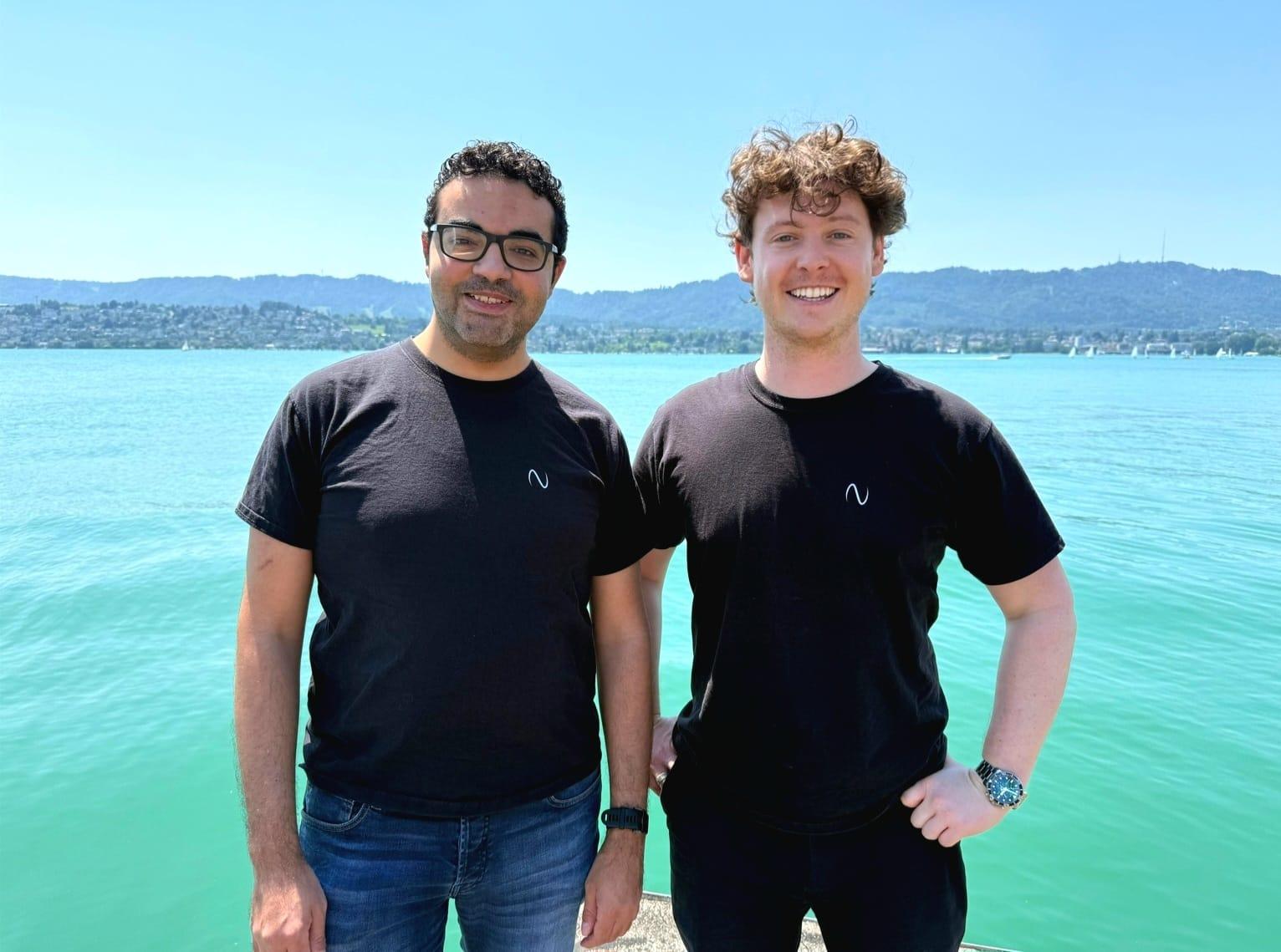7 million euros for Proxima Fusion

Proxima Fusion, a Max Planck spin-off focusing on the development of fusion power plants, has successfully closed a pre-seed financing of 7 million euros. The fundraising was co-led by Plural and UVC Partners and received support from HTGF and Wilbe Group.
Munich - Proxima Fusion is a start-up that emerged from the Max Planck Institute for Plasma Physics (IPP). The founders of Proxima Fusion were previously employees at the Max Planck IPP, MIT and Google-X. Their aim is to develop a powerful stellarator for energy generation over the next few years. The company plans to build the first fusion power plant based on the stellarator concept in the 2030s.
Stellarators can now overcome the main problems of tokamaks and be significantly advanced, improving the stability of the plasma and achieving steady-state peak power.
Francesco Sciortino, Co-Founder & CEO Proxima Fusion
To enable fusion on Earth, plasma, a high-energy ionized matter, is confined in magnetic fields. This is done using large machines such as tokamaks and stellarators, which create a magnetic "cage" in the shape of a donut. Stellarators use complex electromagnets outside the plasma, while tokamaks use simple external electromagnets in combination with a large current in the plasma. The tokamak design is simpler, but the high current leads to stability problems in the plasma that do not occur with the stellarator. The possibility of using fusion as a safe, clean and highly efficient energy source has been a stimulus for academic research for many decades.
Proxima Fusion has successfully completed an initial (pre-seed) financing round of 7 million euros. The funds will be used for further research into the company's fusion reactors. The financing was co-led by Plural and UVC Partners and supported by High-Tech Gründerfonds and the Wilbe Group. We first reported on UVC's investment in Reverion for the power plants of the future in April. It will be exciting to see whether this will open up new cooperation opportunities for Proxima Fusion.
We already know that we need a smart mix of different energy sources. Proxima Fusion's efforts build on Germany's massive investment in stellarators.
Benjamin Erhart, General Partner UVC
Although stellarators are more complex in design than tokamaks, they offer important advantages for a fusion power plant. They can be operated at steady-state with less effort and offer an attractive solution for controlling the heat load on the material surfaces. However, earlier stellarators had some disadvantages such as poor plasma confinement performance at high temperatures, high losses of fusion products and difficulties in accurate design. In recent years, however, many of these problems have been successfully solved.
Since its commissioning in 2015, the W7-X tokamak has quickly caught up and is now one of the most advanced tokamaks to have received many resources to date. However, the triple product only provides limited information about the technical and economic feasibility of a fusion concept for a power plant. This is where the W7-X can score points: In February 2023, it set a record for energy conversion, which means the total heat output multiplied by the duration of the experiment.

Newsletter
Startups, stories and stats from the German startup ecosystem straight to your inbox. Subscribe with 2 clicks. Noice.
LinkedIn ConnectFYI: English edition available
Hello my friend, have you been stranded on the German edition of Startbase? At least your browser tells us, that you do not speak German - so maybe you would like to switch to the English edition instead?
FYI: Deutsche Edition verfügbar
Hallo mein Freund, du befindest dich auf der Englischen Edition der Startbase und laut deinem Browser sprichst du eigentlich auch Deutsch. Magst du die Sprache wechseln?
























